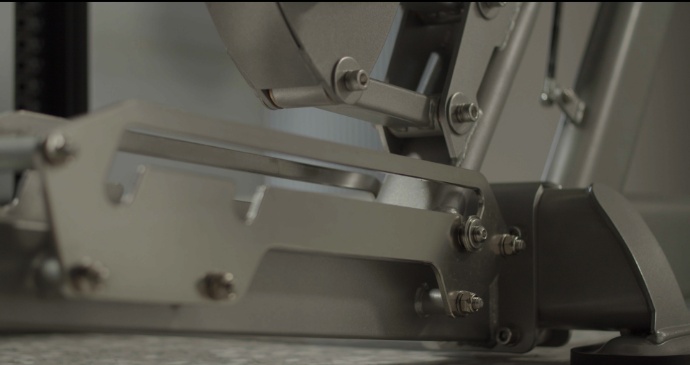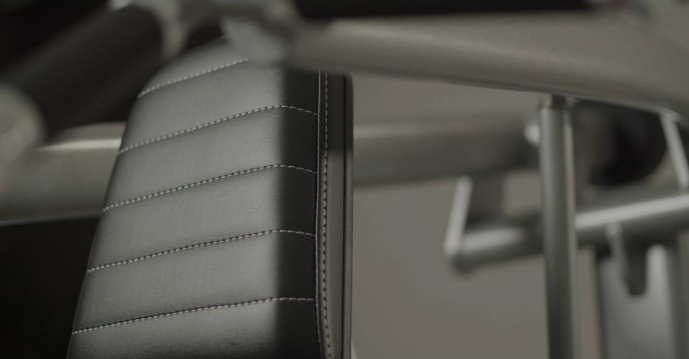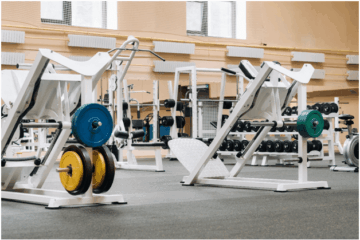When purchasing fitness equipment, ensuring its qualification is paramount, as it directly impacts your fitness safety and effectiveness. To achieve this, mastering the correct inspection methods is essential. Here’s a comprehensive guide to help you make an informed decision.

The first line of defense is an appearance inspection. Examine the surface of the equipment meticulously. Look out for obvious scratches, paint peeling, damage, loose welding, cracks, pores, and other defects. These imperfections often indicate substandard manufacturing processes, making it difficult to guarantee the overall quality. For instance, an uneven paint layer on dumbbells can not only detract from its aesthetics but also pose a risk of skin irritation during use. Similarly, rust or corrosion can indicate poor material quality or inadequate protection against environmental factors.
Stability testing is another crucial aspect, especially for larger equipment like treadmills and spinning bikes. Gently push or shake the equipment to assess its stability. If there’s noticeable shaking or displacement, it signifies a potentially unstable structure, which could lead to tipping over during use, thereby endangering your safety. For smaller equipment like dumbbells, hold the handle and perform a simple exercise test. A loose handle can indicate faulty assembly or wear and tear, both of which pose safety hazards.

Reading the product instructions and labels is another vital step. Qualified fitness equipment should come with detailed instructions that cover information such as product materials, usage methods, applicable population, load-bearing range, and precautions. The label should clearly indicate the brand, model, production date, manufacturer, and other relevant details. Missing or unclear information can be a red flag, suggesting that the equipment might be of unknown origin or questionable quality. Always cross-check the details with the manufacturer’s official website or customer service to avoid falling prey to counterfeits.
Personal testing can also reveal hidden issues. If conditions permit, try out the equipment before making a purchase. For treadmills, feel whether the running belt runs smoothly, checking for any jamming or excessive noise. When using strength training equipment, observe the flexibility and smoothness of each component’s linkage. If you encounter any discomfort or abnormalities during the trial, it’s best to avoid that particular equipment. Trust your instincts and don’t compromise on your safety and satisfaction.
Additionally, always opt for reputable brands and purchase channels. Research the brand’s history, customer reviews, and after-sales service before making a decision. Purchasing from authorized dealers or directly from the manufacturer can greatly reduce the risk of acquiring substandard fitness equipment. Remember, investing in quality fitness equipment is an investment in your health and well-being, so don’t settle for less. By following these guidelines, you can ensure that your fitness journey is both safe and effective.


